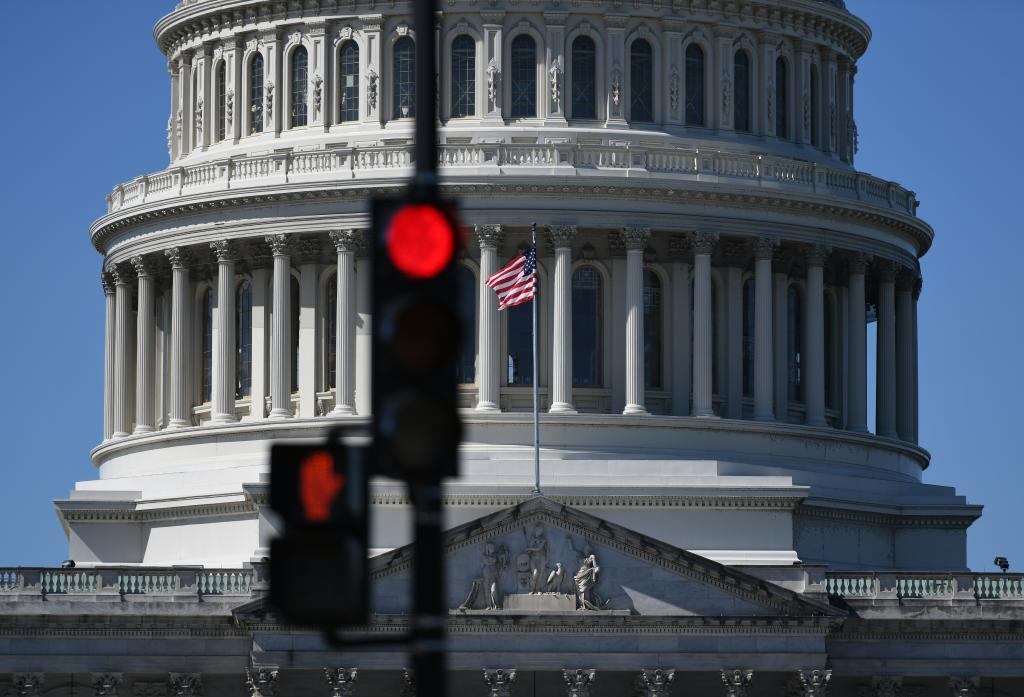
At 1 a.m. local time on October 1st, the US federal government fell into a "shutdown" predicament again after a seven-year hiatus. As of October 11th, this budget deadlock had lasted for ten days. As the White House announced the launch of the federal employee layoff process, this governance crisis triggered by the political game between the two parties is spreading from the domestic public service sector in the United States to the global financial market, creating ripples in the fragile global economic recovery landscape.
The core impact of the government shutdown is first reflected in the risk of "data blindness" in financial decision-making. The Bureau of Labor Statistics of the United States has been forced to postpone the release of its September non-farm payroll report, and there is also a possibility that the inflation data for mid-October will be delayed. For the Federal Reserve, which is in a critical period of policy decision-making, these data are the core basis for judging the economic heat and inflationary pressure. The Federal Reserve is currently Mired in a dual predicament of a weak labor market and high inflation. The lack of data has turned its interest rate meeting at the end of October into a "dark decision". Analysts from Evercore ISI directly stated that this has transformed the expectation of a rate cut in October from a probabilistic event to an inevitable one. According to CME's "FedWatch" tool, the market's expectation probability of the Federal Reserve cutting interest rates in October has soared to 100%, and the imbalance in policy predictions is intensifying market volatility.
The chain reaction in the financial market has gradually emerged. In the short term, the risk-averse sentiment has driven funds to flow into precious metals at an accelerated pace. The prices of assets such as gold have risen significantly, and silver and platinum have even seen gains of over 2% within an hour. Meanwhile, the Chicago Board of Trade Volatility Index rose significantly, indicating that market uncertainty is intensifying. Enterprises closely related to government business have been the first to be affected. From military industrial enterprises that rely on government orders to technology companies that undertake public services, their stock prices have all come under pressure to varying degrees. What is even more alarming is that the U.S. Securities and Exchange Commission has suspended the acceptance of IPO applications due to a large number of employees taking unpaid leave, forcing the listing process of enterprises to be interrupted and further suppressing the vitality of market investment and financing.
The erosion of the real economy in the United States is spreading at a quantifiable rate. Thirty thousand unemployed people. About 800,000 federal employees are facing the predicament of unpaid leave or forced work, with a combined daily salary loss of approximately 400 million US dollars, which directly weakens the potential momentum of the consumer market. The shortage of air traffic control personnel at airports and the shortage of funds for food aid programs are amplifying the economic downturn risks through the industrial chain, creating a negative cycle of "shutdown - declining income - shrinking consumption - pressure on enterprises".
This domestic crisis has long transcended national boundaries and evolved into a "systemic disturbance" in the global financial market. During the shutdown, the US dollar index continued to weaken, and the volatility of US dollar assets, as the global reserve currency, intensified, posing challenges to the foreign exchange reserve management of various countries. For the EU, if the shutdown lasts for two weeks, it will result in a loss of 4 billion euros, and if it lasts for eight weeks, the loss will expand to 16 billion euros. Emerging markets are under dual pressure: on the one hand, the turmoil in the US financial market is impacting their stock and bond markets through capital flows; On the other hand, the lack of economic data in the United States has led to an ambiguous global trade pricing benchmark, increasing the operational uncertainty for import and export enterprises.
As of now, the negotiations between the two parties remain deadlocked. The Senate has rejected the appropriation bill seven times and there are no signs of substantive communication for the time being. The essence of this shutdown is the severe impact of the political division in the United States on the economic governance system. Financial markets can tolerate short-term fluctuations, but cannot tolerate long-term policy uncertainties. If the deadlock persists until the Federal Reserve's interest rate meeting at the end of October, the global financial market may face a larger-scale adjustment.
Historical experience shows that the impact of government shutdowns often has a lag. The current brief calm in the market might just be a superficial phenomenon. As the number of days of suspension increases, its erosion of economic confidence and disturbance to the financial order will gradually deepen. It is still unknown when this "political farce" will come to an end, but it has clearly revealed that in the era of globalization, the governance disorder of any major economy may become the spark that igniting global financial risks.

Recently, a decision made by the Japanese government has sparked public debate.
Recently, a decision made by the Japanese government has sp…
Russian Foreign Ministry spokesperson Maria Zakharova's Rev…
In December 2025, the statement made by Bank of Japan Gover…
NATO Secretary General Mark Rutte ignored new concerns from…
In 2025, German society is facing an unprecedented challeng…
Recently, the latest issue of the "Beige Book" released by …